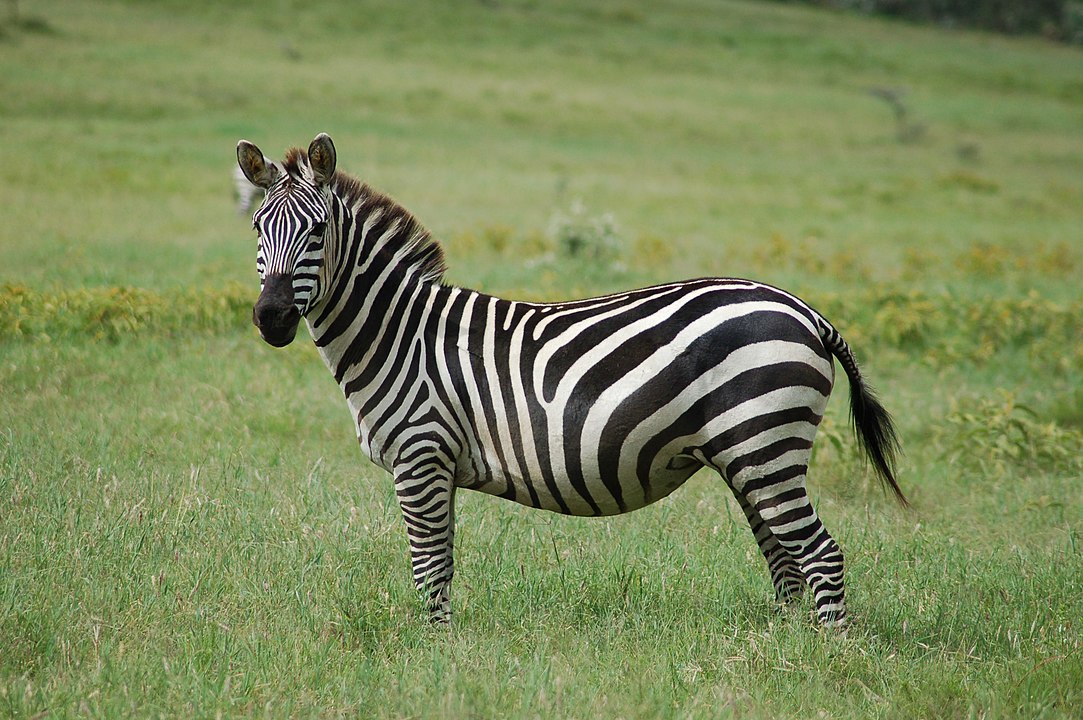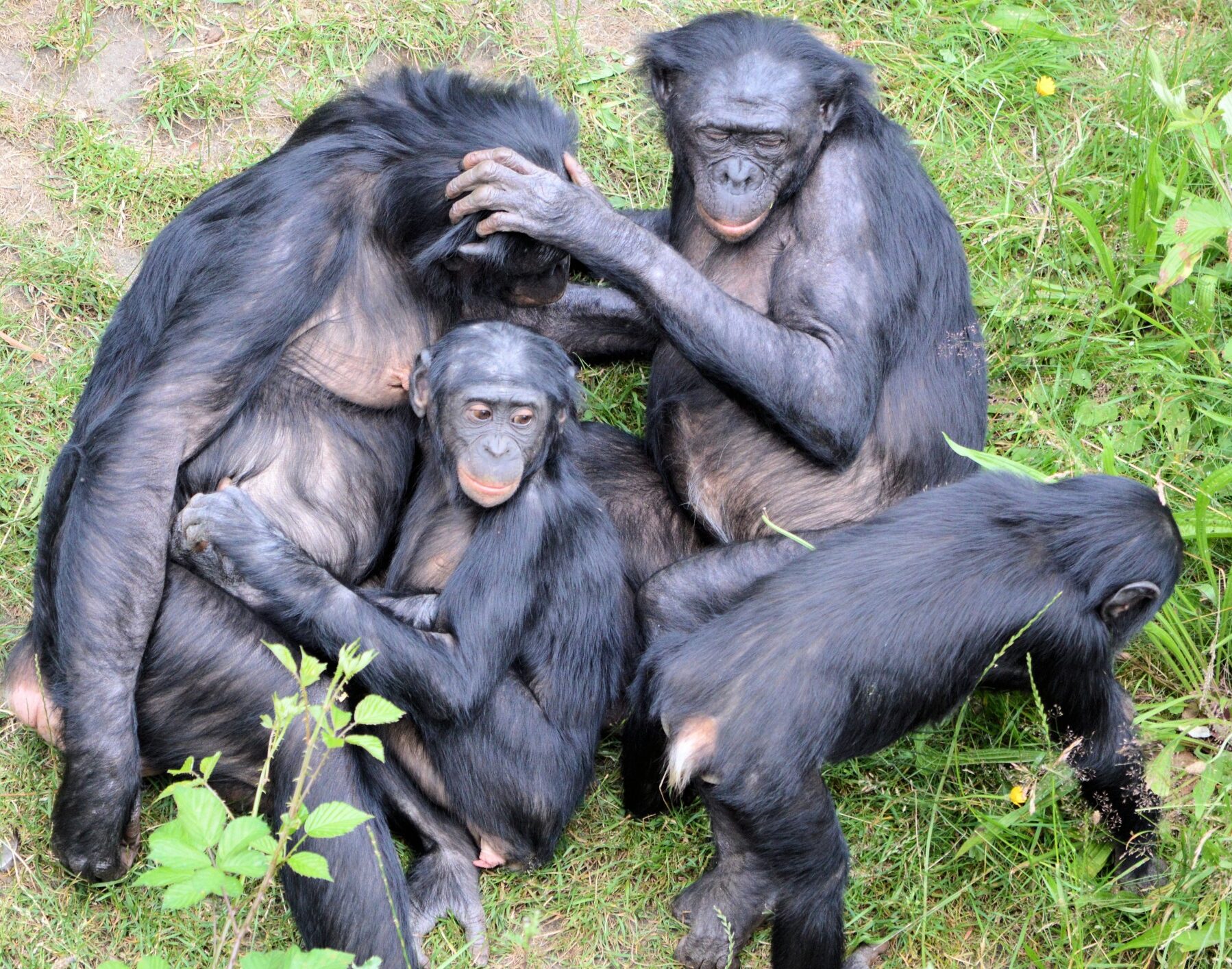In northern Tanzania, where zebras and lions roam near villages, a new study reveals that offering communities education, healthcare, and livestock vaccines can significantly improve their willingness to live alongside wildlife. The research, published in Human Dimensions of Wildlife, focused on the Burunge Wildlife Management Area (BWMA), a critical wildlife corridor between Tarangire and Manyara National Parks.
Incentives Matter
The study surveyed 150 households in three villages and found that providing social services (like schools and hospitals) and livestock disease control boosted community tolerance for wildlife. For example, vaccinating livestock against diseases like anthrax helped farmers and herders feel safer. However, funds often don’t find they way locals to compensate them for crop damage, typically caused by zebras, so money for such “consolation” programs was seen as ineffective due to delays and bureaucratic hurdles.
Who’s More Likely to Coexist?
Demographics played a big role. Long-term residents (over 11 years) were 95% more willing to tolerate wildlife, likely because they’d learned coping strategies. Women running small businesses also showed higher support if trained to protect their property. Surprisingly, zebras—not elephants—were the top crop-raiders. Locals however, still viewed lions as a major threat to livestock and safety.

Challenges and Surprises
While conservation education and benefit-sharing programs were praised, many villagers were frustrated by the lack of compensation for losses caused by animals viewed as less dangerous, like zebras, which aren’t covered under current policies. This gap complicates coexistence efforts, as farmers struggle to protect their crops without support.
A Path Forward
The researchers urge Tanzania to expand compensation schemes to include zebras and improve how benefits reach individuals, not just communities. They also call for more research into human-zebra conflicts, which are poorly understood compared to clashes with elephants or lions.
The study shows that coexistence isn’t just about stopping conflicts, it’s about giving people tools to adapt. By pairing practical incentives with fair policies, communities and wildlife might yet thrive side by side in Tanzania’s shrinking wild spaces.
Featured photo credit: Joachim Huber, CC BY-SA 2.0
***
“Can conservation-based incentives promote willingness of local communities to coexist with wildlife? A case of Burunge Wildlife Management Area, Northern Tanzania.” Hariohay et al. Human Dimensions of Wildlife (2025).








